
In late August and early September the sensational West Coast National Park, north of Cape Town, is high on the list of visiting tourists. Not because of the birds but because of the flowers – the arid scrublands give way to a sea of flowers in the way many deserts can do from time to time, but here at least the rains are more predictable.
I had previously visited the park in the summer, and while pretty it had been tricky to bird and I hadn’t hit a single target. This time I came prepared by hiring a guide, Nick from African Birding, to show me around. We set out from Cape Town very early for the 1 1/2 hour drive to the southern limit of the park, but before entering we took a side road at Darling Hills to look for one of my main targets, the Southern Black Bustard. We got that target species, and also heard another local endemic, the Cape Clapper Lark, which wasn’t a target because who gets excited about larks? (I kid, I kid). The area was also good for some interesting specialties like Blue Cranes (which irritatingly we heard but didn’t see), Pied Starlings, Cape Longclaws (these are basically brightly coloured pipits with, uh, long claws) and Capped Wheatears, another lifer for me.
Once we reached the park we hit the Abrahamskraal Hide, a touch of fresh water in an otherwise dry park. We got a daddy Ostrich on the drive in with his chicks, and another Southern Black Bustard on the walk in (never rains but it pours). The hide itself was supposed to be a good spot for Black Harriers, but sadly it wasn’t my day, did pick up an African Marsh Harrier. The pool also had Black Crakes, a bird familiar to many African birders and one that turns the idea of rails and crakes (or at least the ones that are not cooks or moorhens) as skulkers on it’s head. Among the waterfowl were Cape Shovelers and African Shelducks (a bit of a wanderer that can be hard to pin down), on the LBJ side a Little Rush Warbler was making a lot of noise and a Karoo Scrub-robin, a dull member of the scrub-robins which is pretty easy to see in this park. Was that mean? Okay, it’s pretty, in a grey way.
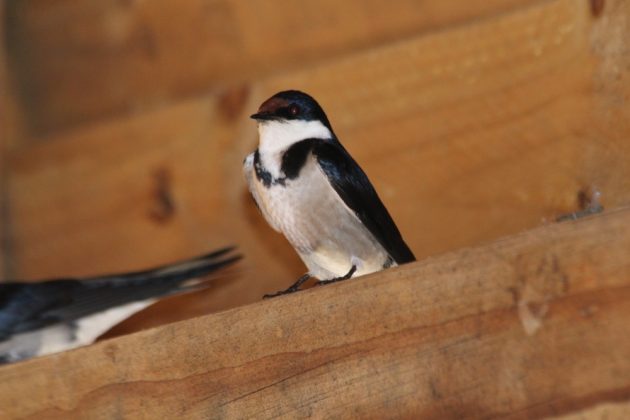 A White-throated Swallow in the hide
A White-throated Swallow in the hide
After this we headed north to try and pick off my difficult target at the Seeberg Hide. The hide overlooks the lagoon and can be a good place to see migrator shorebirds in the summer; at the time these were limited to the odd Whimbrel and Common Greenshank. There were several Kittlitz’s and White-fronted Plovers as well, and the White-fronts had some adorably tiny chicks. It’s also a good place to get both Greater and Lesser Flamingos, and we did. But my real target wasn’t seen from the hide but on the walk to it, and with a bit of effort we did manage to find a tiny, and I mean tiny, Cape Penduline Tit. Not only a lifer but a new family for me, and the first of those in a while (note-to Americans, this is the family that the Verdin belongs to).
Kittlitz’s Plover
After all this we headed to the plains at the northern tip of the park not to look at birds but soak up the amazing floral display. We could have kept looking for birds, but I’m glad I took the chance to soak up one of the world’s great wildflower displays.
A sea of white and yellow
Yellow white and orange


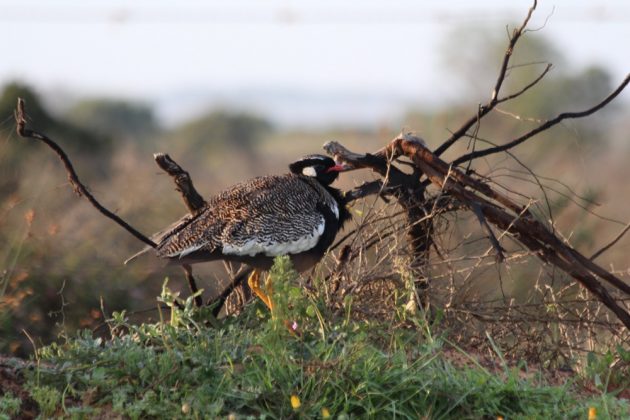
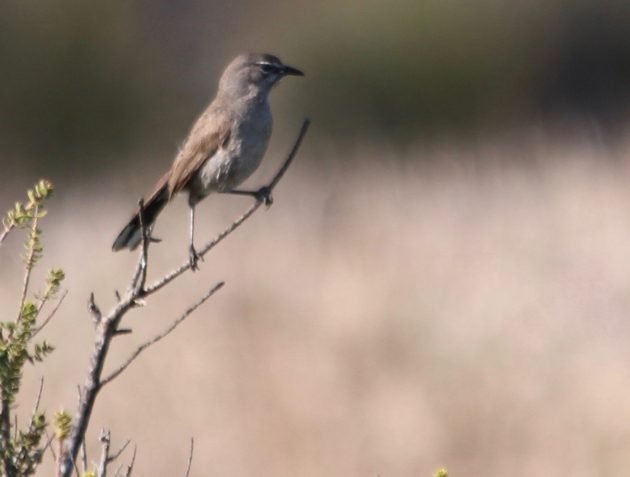
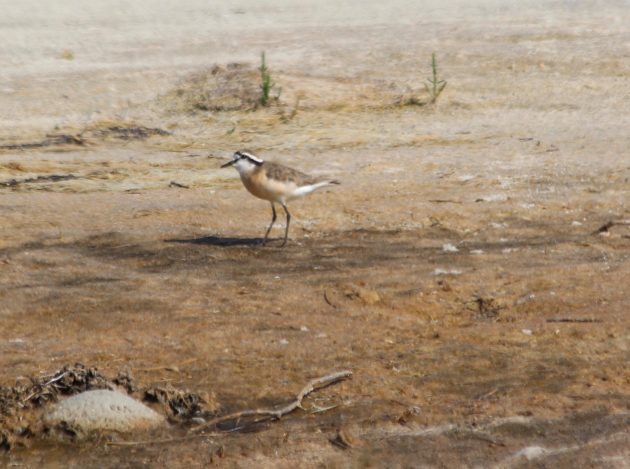
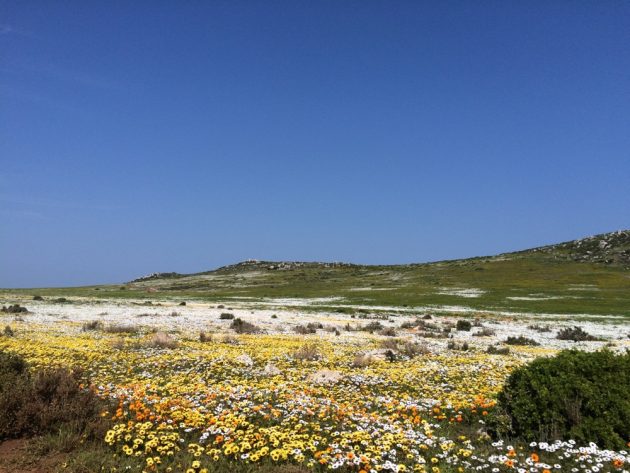
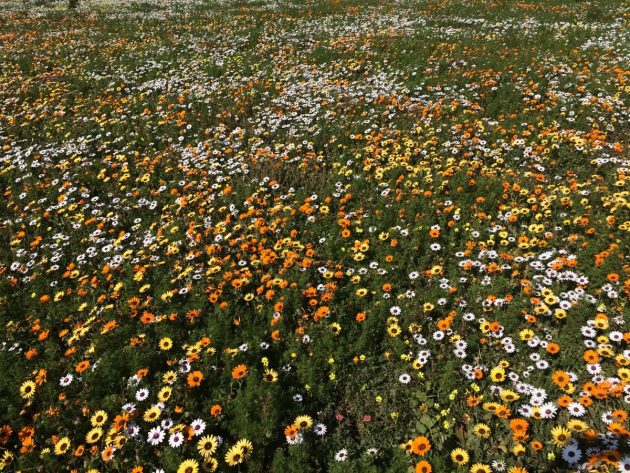
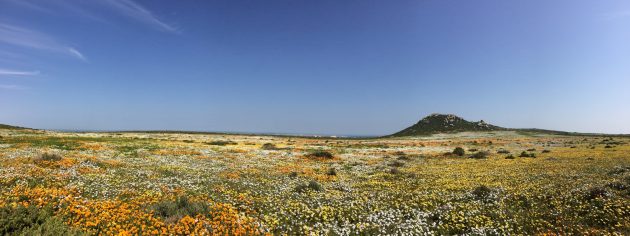
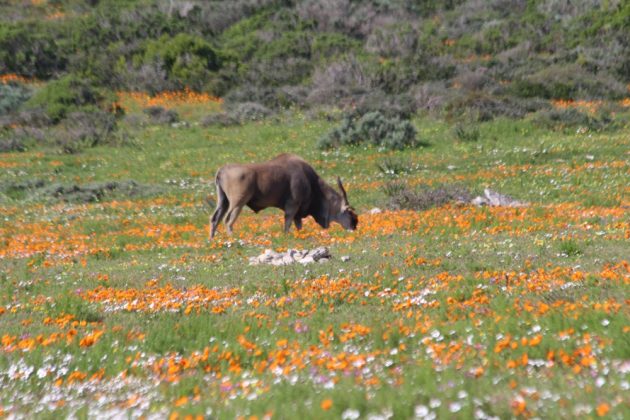











Leave a Comment